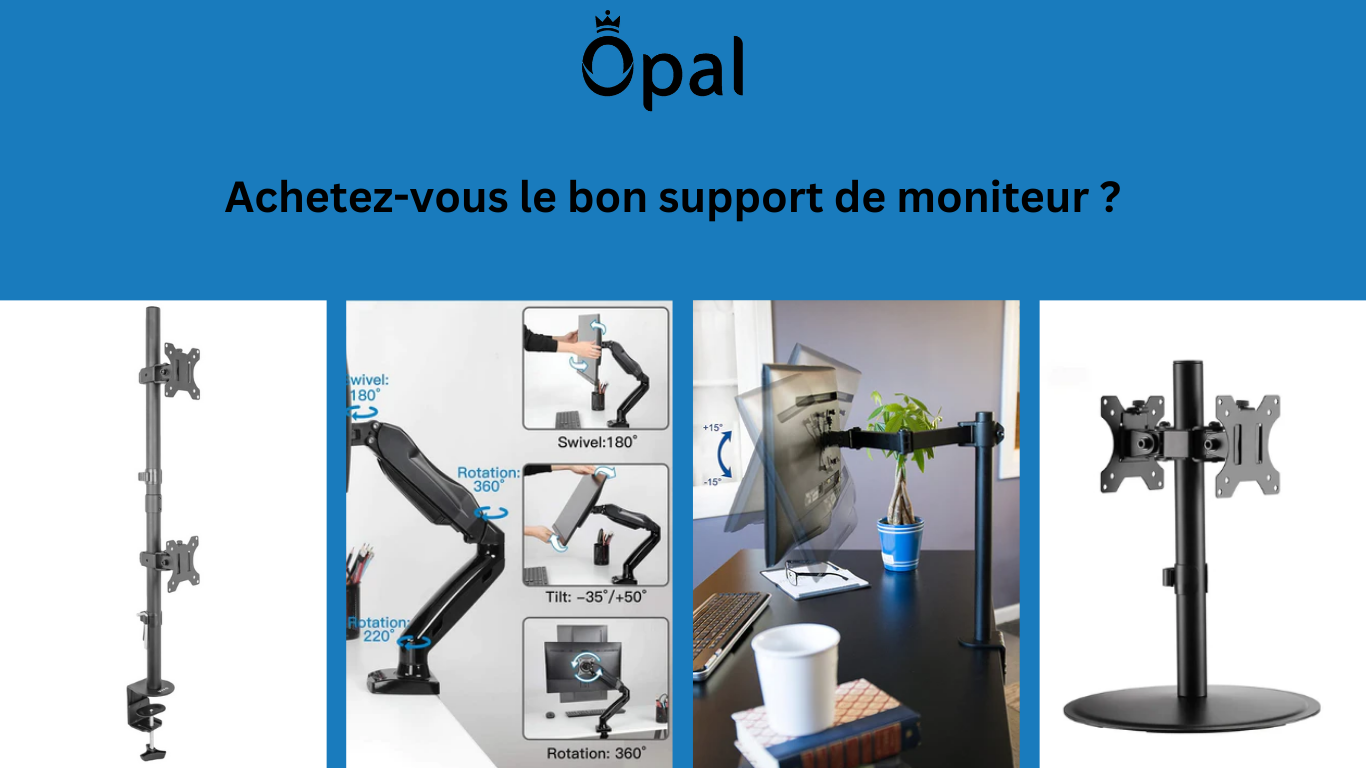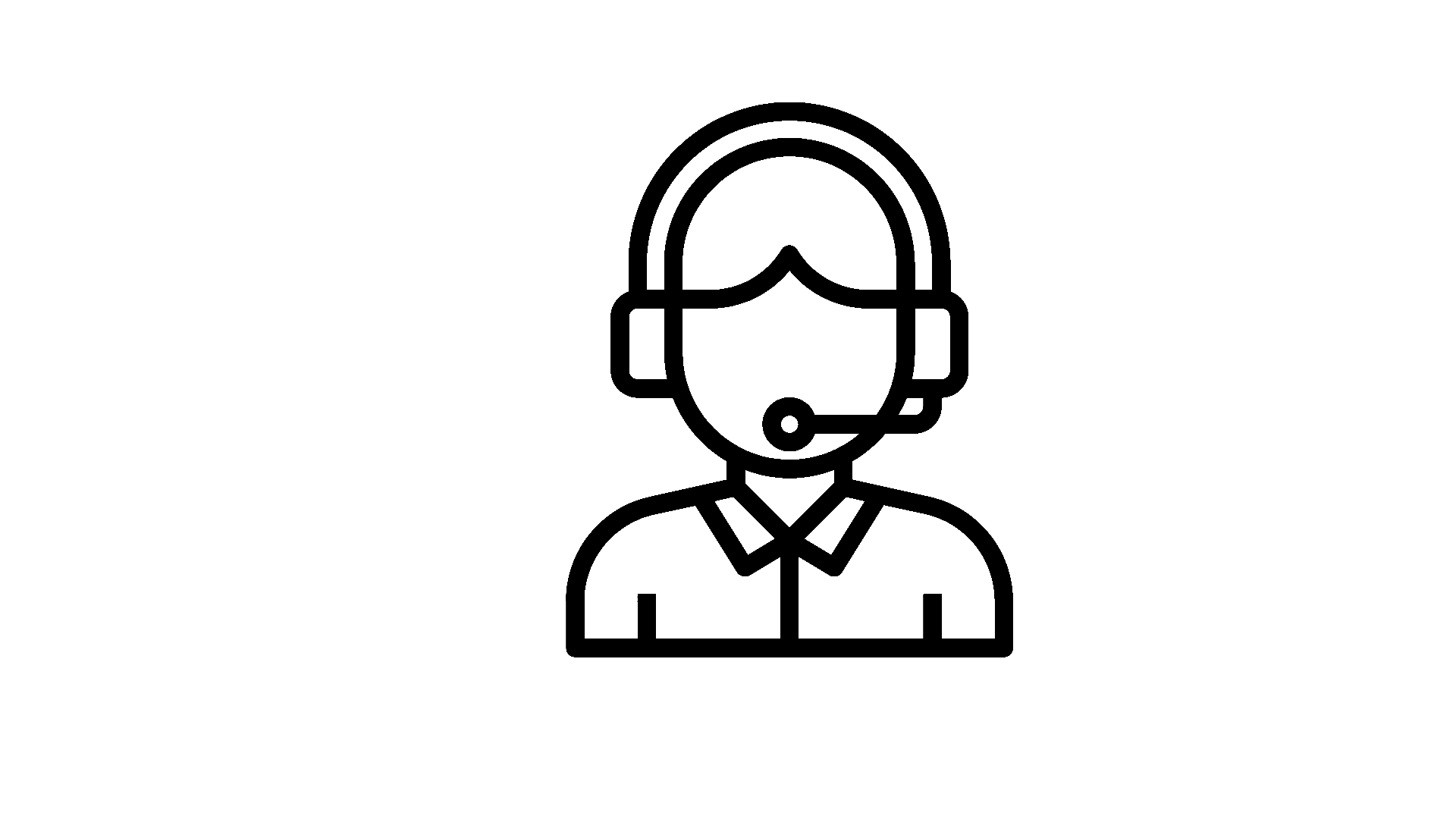Gestures and postures at work: Tips and tricks

What is bad posture? What is the impact of our bad actions in our daily lives, at work or at home? It's all about frequency, repetition or habits!
In this article, we've sought to highlight several ways to improve your posture and ergonomics, especially for people who work sitting at a workstation the majority of the time.
How are back problems and MSDs caused?
We are constantly picking up bad habits (and I'm not talking about your meals at lunchtime fast food...). These bad habits in terms of gestures and postures have a direct long-term impact on your body and muscles .
- sit in an office chair,
- Not paying attention to their position in front of their computer screen,
- Answer the phone,
- Carry a bag or handbag on the same shoulder,
- Conduct,
- Repeating the same gestures over a long period of time
- Standing for a long time,
- Etc.
All these repeated innocuous gestures can cause, in the long run, painful disorders , back problems or MSDs (Musculoskeletal problems) if the posture you adopt is not good !
Remember that MSDs correspond to lesions/diseases affecting the joints, muscles and tendons.
Adopting poor posture can easily become a habit, causing or worsening episodes of back, neck or joint pain. The good news is that you can avoid these pains by correcting your ergonomics or optimizing the equipment you use .
Identify signs of back pain caused by poor ergonomics and posture at work
Back pain is often the result of poor ergonomics and poor posture . Here are some signs that your posture is not optimal:
- Back pain that gets worse at certain times of the day or week (after a long day, sitting in an office chair facing a computer),
- Pain that starts in the neck and runs down your upper back, lower back and extremities
- Joint stiffness, pain in the joints,
- A suffering that disappears after changing position , or that one feels following a new job, a new office chair, etc.
Keep the body aligned while sitting in an office chair or while standing
In standing up position :
- Distribute the weight evenly over the front, back and sides of the feet,
- Try as much as possible to align your body (head, pelvis and feet)
While seated in an office chair:
- Take advantage of the features of the chair to adjust the height of your seat . Preferably set it at your desk so that your elbows are placed at right angles.
- sit up straight and align the ears, shoulders and hips in a vertical line.
- Any prolonged sitting position, even a good one, can be tiring for your body. Wedging your buttocks into the bottom of the chair will help you maintain a balanced position.
Also, be mindful and avoid unbalanced postures such as irregular crossing of the legs while seated, twisting to the side, tilting the shoulders forward, or tilting the head.
Get up regularly and change position
The most dangerous are the static positions. Keeping limbs in the same position has a direct impact on your body and muscles. As muscles get tired, sagging, muscle strains and other back problems or MSDs become more likely. After all, the human body is not designed to remain static for long periods of time!
In order to avoid the harmful effects of a sedentary lifestyle:
- Change position often (once every hour),
- Get up and move regularly
- Straighten up and stretch if necessary.
Use ergonomic accessories and desks
Ergonomic support accessories, chairs and ergonomic desks can be used at work. They are a great support to limit MSDs!
Make your workspaces ergonomic physical environments: It takes a small investment of time to customize the workspace, but the reward is worth it!
- Orthopedic Cushion Relieves Back Pain And Pressure
- Flexible Gel Orthopedic Seat Cushion -
- Sit-Stand Desk
-
Standing desk converter
Practice regular physical activity
Regular exercises such as walking, swimming or bicycling will help keep your body in good physical condition, while specific strengthening exercises will help your back muscles grow and stay strong.
Working your body will allow you to promote good postures . With a strong back, you can limit injuries. Think long term… It will be tiring at the time but your body will give it back to you!
Adopt a more relaxed posture every day
Remember that it is important to maintain a relaxed posture. Avoid restricting your movements by contracting your muscles or adopting a rigid and unnatural posture.
- For people who already have a predisposition to back or neck pain, it is advisable to limit these movements to avoid causing additional pain.
However, unless there is a fracture or other serious problem, the structures of the spine are designed to move and any limitation of movement over a long period of time creates more pain.






